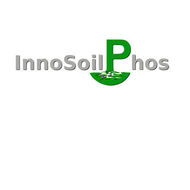Conversion equations between Olsen-P and other methods used to assess plant available soil phosphorus in Europe – A review (2021)
Steinfurth K., Hirte J., Morel C., Buczko U.
Geoderma, 401 (), 115339
doi:10.1016/j.geoderma.2021.115339
Abstract
Plant available soil phosphorus contents are assessed by various different methods worldwide. The resulting country-specific methodology prohibits comparison or joint analysis of international data on yield response to soil P level. A change of the standard method would decrease comparability to older data, require new costly and time-consuming calibration and familiarization of advisory authorities and farmers. The use of conversion equations can allow the combination of data derived by different methods, but large differences between available equations question their reliability. The aim of this review is to provide a comprehensive overview of conversion options from P extracted by methods commonly used in Europe (acid ammonium acetate, acid ammonium acetate + EDTA, ammonium lactate, calcium acetate lactate, double lactate, H2O and Mehlich 3) to the widely used Olsen method. For a given method of soil P extraction, coefficients derived from different publications often vary by factors above two. Differences in coefficients can, at least to a certain degree, be attributed to variations in soil type, soil texture and especially pH range and carbonate contents of the soils of the according databases. In several studies, decreasing pH values increased Olsen-P values in relation to the other methods. Linear regressions are prone to bias by the right-skewed distribution of P values in most databases and therefore have to be handled with care on the lower end of the P level range. Even the option most appropriate for the soil and research purpose at hand can be a considerable source of error, therefore conversions should only be conducted if absolutely necessary.
